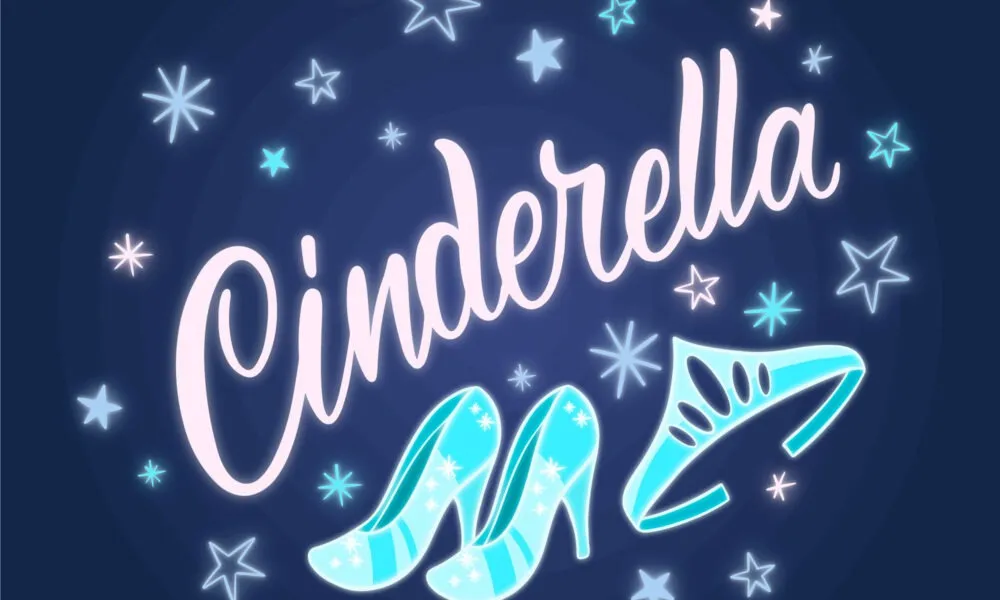The story of Cinderella is one of the most beloved and enduring fairy tales in the world.
Its themes of resilience, kindness, and the triumph of good over evil have captivated audiences for centuries.
Whether you know it from the Brothers Grimm, Charles Perrault, or Disney’s animated classic, Cinderella’s story remains a timeless narrative that resonates across generations.
In this blog, we’ll dive into a detailed Cinderella Summary of this enchanting tale, exploring its key elements and the lessons it imparts.
Table of Contents
The Origins of Cinderella
Before we delve into the summary, it’s worth noting that Cinderella’s story has roots in ancient folklore.
The earliest known version dates back to ancient Greece, but the most popular versions come from Charles Perrault’s Cendrillon (1697) and the Brothers Grimm’s Aschenputtel (1812).
Each version adds its own unique twists, but the core story remains the same: a kind-hearted girl overcomes adversity with the help of magic and finds her happily ever after.
A Detailed Cinderella Summary
1. The Tragic Beginning
Cinderella’s story begins with tragedy.
Once a happy and beloved daughter, her life takes a dark turn after her mother passes away.
Her father, hoping to provide her with a mother figure, remarries a woman with two daughters of her own.
However, instead of bringing happiness, the stepmother and stepsisters are cruel and selfish.
When Cinderella’s father also dies, she is left at the mercy of her stepfamily.
Forced into servitude, Cinderella becomes a maid in her own home.
She is made to do all the household chores, from cleaning and cooking to tending to the needs of her stepsisters.
Despite her hardships, Cinderella remains kind and gentle, finding solace in her friendships with the animals around her, particularly the mice and birds.
2. The Royal Invitation
One day, an invitation arrives from the royal palace.
The king is hosting a grand ball, and all the eligible maidens in the kingdom are invited.
The purpose? To find a bride for the prince.
Cinderella’s stepsisters are thrilled at the prospect of attending and immediately begin preparing their finest dresses and accessories.
Cinderella, too, dreams of going to the ball.
She asks her stepmother if she can attend, but her request is met with ridicule and cruelty.
Her stepmother devises a nearly impossible task: Cinderella can go to the ball only if she can separate a pile of lentils from the ashes in the fireplace.
With the help of her animal friends, Cinderella completes the task, but her stepmother still refuses to let her go, leaving her heartbroken.
3. The Arrival of Magic
Just when all hope seems lost, Cinderella’s fairy godmother appears.
With a wave of her wand, she transforms Cinderella’s rags into a stunning gown, turns a pumpkin into a magnificent carriage, and changes the mice into horses and the birds into coachmen.
However, the magic comes with one condition: Cinderella must return home by midnight, when the spell will break.
4. The Ball and the Prince
At the ball, Cinderella captivates everyone, including the prince.
They dance together all evening, and it’s clear that the prince is smitten.
However, as the clock strikes midnight, Cinderella remembers the fairy godmother’s warning and flees the palace.
In her haste, she loses one of her glass slippers on the staircase.
The prince, determined to find the mysterious maiden, declares that he will marry the girl whose foot fits the glass slipper.
He sends his servants to search the kingdom, trying the slipper on every young woman.
5. The Triumph of Goodness
When the prince’s servants arrive at Cinderella’s home, her stepsisters try desperately to squeeze their feet into the slipper, but it doesn’t fit.
Cinderella, hidden away by her stepmother, finally emerges and asks to try on the slipper.
Despite her stepfamily’s protests, the slipper fits perfectly.
Cinderella produces the matching slipper, proving her identity.
The prince recognizes her as the girl from the ball, and they are reunited.
Cinderella forgives her stepfamily, showcasing her unwavering kindness, and leaves with the prince to begin her new life at the palace.
“Candide: Voltaire’s Timeless Satire on Optimism, Suffering, and the Human Condition”
Themes and Lessons in Cinderella
Cinderella’s story is more than just a fairy tale; it’s a narrative rich with meaning and life lessons. Here are some of the key themes:
- Kindness and Resilience:
Despite her hardships, Cinderella never loses her kindness or hope.
Her resilience in the face of adversity is a powerful reminder that goodness can prevail even in the darkest times.
- The Power of Hope:
Cinderella’s belief that her circumstances can change is what ultimately leads to her transformation.
Her story encourages us to hold onto hope, no matter how difficult life may seem.
- Forgiveness:
Even after all the cruelty she endures, Cinderella forgives her stepfamily.
This act of forgiveness highlights the importance of compassion and letting go of bitterness.
- Magic and Dreams:
The fairy godmother’s intervention symbolizes the idea that dreams can come true, often when we least expect it.
It reminds us to believe in the possibility of miracles.
Why Cinderella Endures
Cinderella’s story has stood the test of time because it speaks to universal truths about the human experience.
It’s a tale of transformation, not just from rags to riches, but from despair to joy.
It reminds us that no matter how difficult life may be, kindness, hope, and a little bit of magic can lead to a brighter future.
Whether you’re revisiting the story or discovering it for the first time, Cinderella’s journey is one that continues to inspire and enchant.
It’s a reminder that, in the end, goodness and love will always triumph.
FAQ’s On Cinderella Summary
1. What is the summary of the story of Cinderella?
Cinderella is a fairy tale about a kind young woman mistreated by her stepmother and stepsisters.
With the help of her fairy godmother, she attends a royal ball, where the prince falls in love with her.
She loses a glass slipper while fleeing at midnight, and the prince uses it to find her. They marry, and Cinderella escapes her life of hardship.
2. What is the real story of Cinderella?
The “real” story of Cinderella has many variations across cultures, but the most famous version is by Charles Perrault (1697) and the Brothers Grimm (1812).
In Perrault’s tale, a kind girl, mistreated by her stepfamily, attends a ball with magical help, loses a glass slipper, and marries the prince.
The Grimm version, “Aschenputtel,” is darker, featuring a magical tree and birds aiding Cinderella, with the stepsisters mutilating their feet to fit the slipper.
Both emphasize kindness, resilience, and a happy ending.
3. What is the moral of the story of Cinderella?
The moral of Cinderella is that kindness, resilience, and believing in oneself can lead to a better future, even in the face of adversity.
4. What is Cinderella’s real name?
In most versions of the story, Cinderella’s real name is not explicitly mentioned.
She is often referred to by nicknames given by her stepfamily, such as “Cinderella” (from cinders or ashes) due to her menial chores.
In some adaptations, her name is revealed as Ella, with “Cinder” added as a derogatory term.
5. What is Cinderella’s famous line?
This line, popularized by Disney’s 1950 animated film, reflects her hopeful and optimistic outlook despite her hardships.
6. Is Cinderella based on a true story?
No, Cinderella is not based on a true story.
It is a fairy tale with roots in various folklore and cultural traditions, dating back centuries.
The most well-known versions were popularized by Charles Perrault and the Brothers Grimm, but the story itself is a work of fiction, not inspired by real events.


